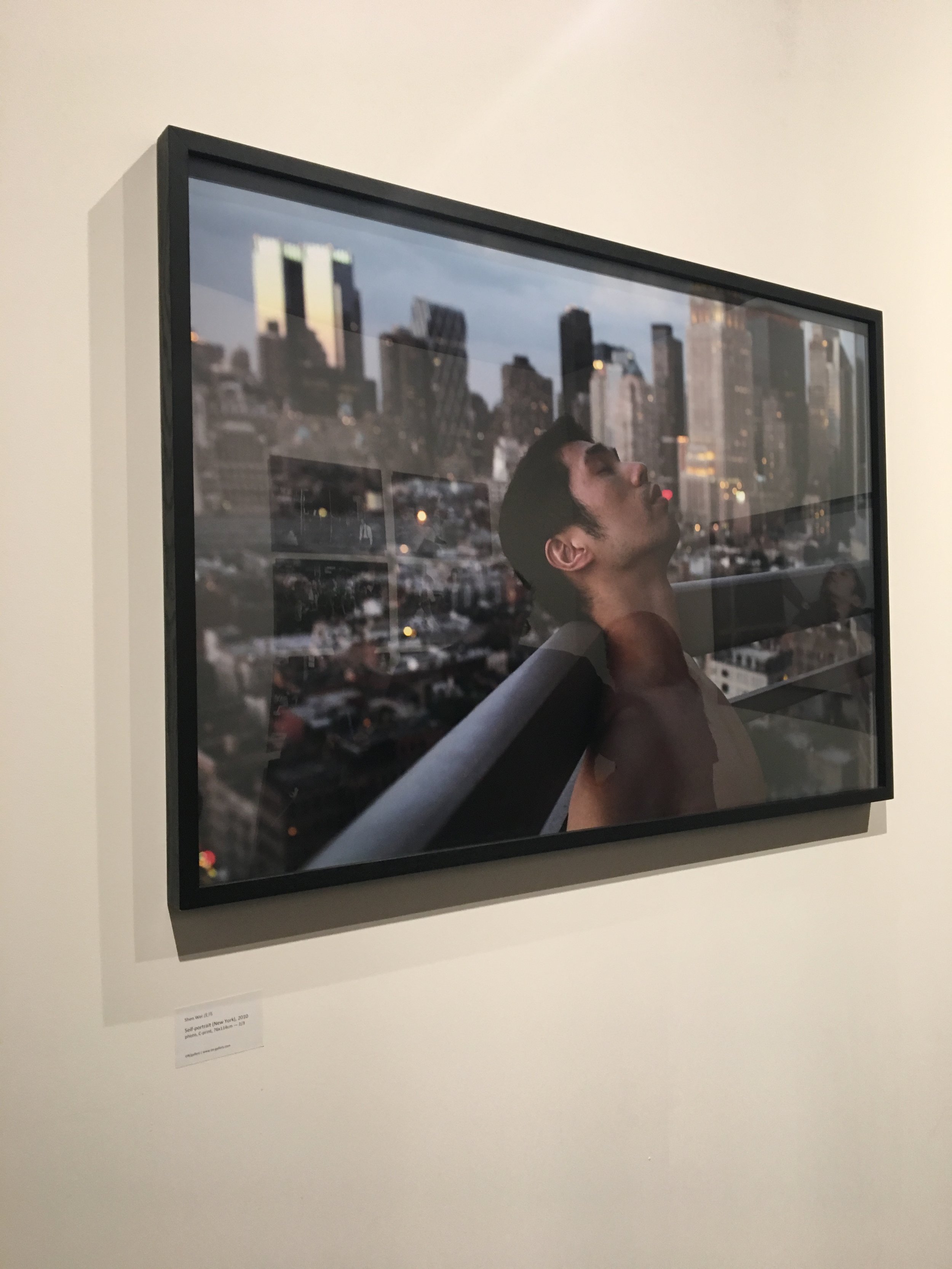Serpentine Pavilion 2018 review Unveiling a concrete tapestry in a garden..
by Tiziana Maggio
This summer a dark fence is going to stand in the lawn of the Serpentine Gallery in London’s Kensington Gardens. On Tuesday 12th June, the new Serpentine Pavilion 2018 opened to the public giving at a first view very little of itself away, if not just two textured overlapping rectangles. In fact, as soon as I arrived my partner of adventures Roro stated: ‘It looks like a prison’.
However, from a closer look the structure reveals to be formed by undulated roofing tiles stacked together and romantically woven on to steel poles which welcome us in a courtyard-like space with a shallow triangular pool covered by a curved mirrored canopy. Also we realised that the two nested rectangular spaces are wisely placed parallel to the Serpentine Gallery one and the Prime Meridian of Greenwich the other.
I have to say that after the tree-inspired Pavilion created last year by Diébédo Francis Kéré, this black textured walls are everything but unwelcoming or rough: in fact with a cafe, chairs and light and breeze filtering through the decorative tiles, they will offer for the next four months a relaxing and intimate place to recover from the either rainy or hot city’s buzz and enjoy a calendar filled of art events.
Plus, the distorted images reflected by the ceiling and the water highlight how simple materials like cement can create complex pieces of tapestries. The Mexican architect Frida Escobedo, who was mingling around at the opening, invites us to enjoy the water and a cool splash for our suffering soles in the hopefully warm days of this London’s summer.
Establishing her practice in 2006, she led several projects in her country, London, California and Lisbon. After Zaha Hadid inaugural Pavilion in 2000, Frida is the second solo woman to be chosen for the Serpentine Gallery’s annual commission. Also, at 38 years old, she is the youngest architect of any of her predecessors achieving the prestigious leading role, becoming the 18th architect selected to design the Pavilion.
‘My design for the Serpentine Pavilion 2018 is a meeting of material and historical inspirations inseparable from the city of London itself and an idea which has been central to our practice from the beginning: the expression of time in architecture through inventive use of everyday materials and simple forms’ stated Escobedo.
Serpentine Director Hans-Ulrich Obrist and CEO Yana Peel explained that Escobedo’s Pavilion is “a beautiful harmony of Mexican and British influences” and an ‘architecture for everyone which promises to be a space of reflection and encounter”. In fact the young architect wanted to reinterpret the permeable “celosia”, a type of breeze wall which is a common element in the Mexican residential properties to get some restorative and cool siesta-times, creating a very precious British reference for us.
Go: the Pavilion is always worth a detour from your running around.
Don’t go: if you prefer your sofa, couch potato!
Published on Look Lateral Magazine











